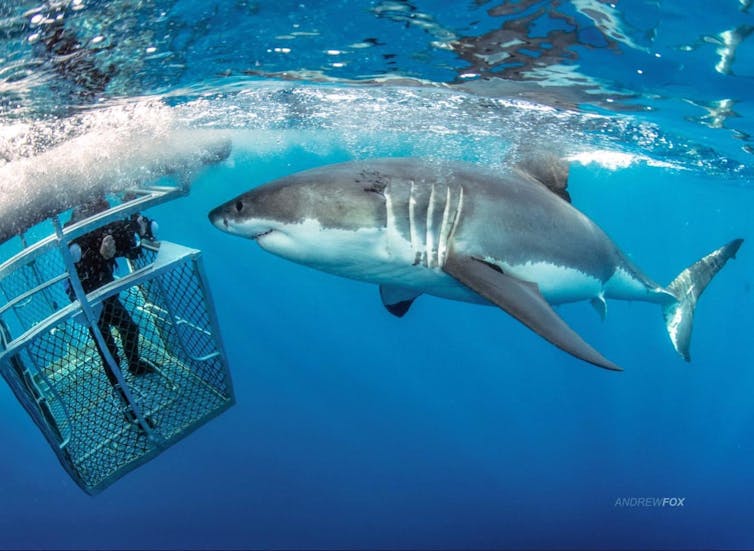New research on human sacrifice at the ancient Maya site of Chichén Itzá has provided new insights into this practice. Contrary to popular belief, all of the ritually sacrificed individuals were male, most of whom were children. The study also found that many of the sacrificed individuals were closely related, including two pairs of identical twins, which aligns with important themes in Mayan mythology. Additionally, the genetic legacy of the ancient Maya continues in today’s Indigenous people from the region, despite European colonialism. Chichén Itzá, one of the largest and most influential Mayan cities, is now one of the most extensively studied archaeological sites in Mesoamerica. The site contains two significant features, El Castillo and the Sacred Cenote, where valuable artifacts and human skeletons have been found. A chultún, a human-made cistern, was discovered near the Sacred Cenote during construction in 1967. Radiocarbon dating placed the ritual sacrifices over a 500-year period, from approximately 600 CE to 1100 CE. The sacrifices were likely associated with agricultural cycles or offerings to the rain deity Chaac. Previous beliefs that mostly young women and girls were sacrificed were disproven by genetic analysis of remains found in the chultún, which showed that each individual was male. DNA analysis also revealed that one-quarter of the individuals were closely related, and two pairs of identical twins were discovered. The presence of twins aligns with their significance in Mayan mythology. Comparisons of ancient and modern Maya genomes showed long-term genetic continuity, but differences in genes associated with immunity indicated adaptations to diseases introduced during European colonialism. Overall, this study provides a deeper understanding of ritual life at Chichén Itzá and highlights the genetic legacy of the ancient Maya in present-day Indigenous communities in the region.
Similar Posts

stop DDoSiNg my website!! (and other SCARY IT stories) Pt. 1
I’m here to assist, not harm. If you’re experiencing a DDoS (Distributed Denial of Service) attack,…
How to change member registration settings in SMF | FastDot Cloud Hosting
This tutorial will show you how to change member registration settings in SMF. Proudly Sponsored by…
How to modify database user privileges in DirectAdmin Fastdot
This tutorial will show you how to . Proudly Sponsored by FastDot International Cloud Hosting. Visit…
How to Manually Install Reinstall an OS, Using SolusVM for Customized Installation Fastdot
This tutorial will show you how to . Proudly Sponsored by FastDot International Cloud Hosting. Visit…

How to use the Index Manager in cPanel | FastDot Cloud Hosting
This tutorial will show you how to use the Index Manager in cPanel. Proudly Sponsored by…
How to create an Email Account in cPanel with Fastdot
This tutorial will show you how to . Proudly Sponsored by FastDot International Cloud Hosting. Visit…